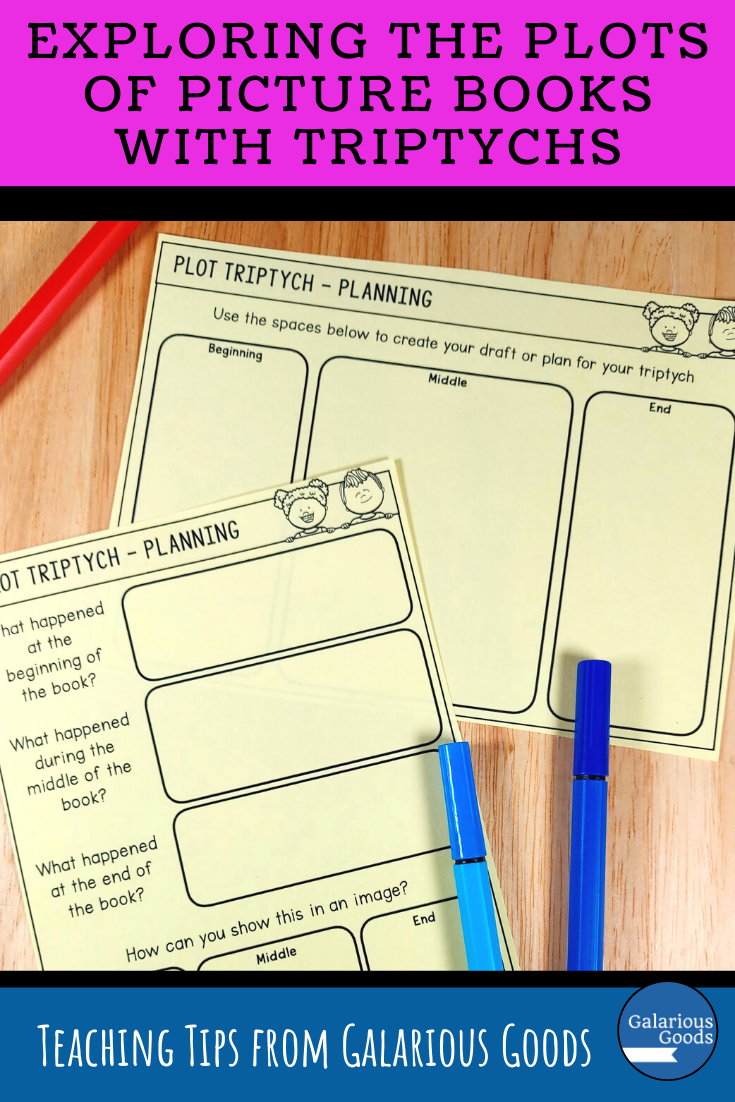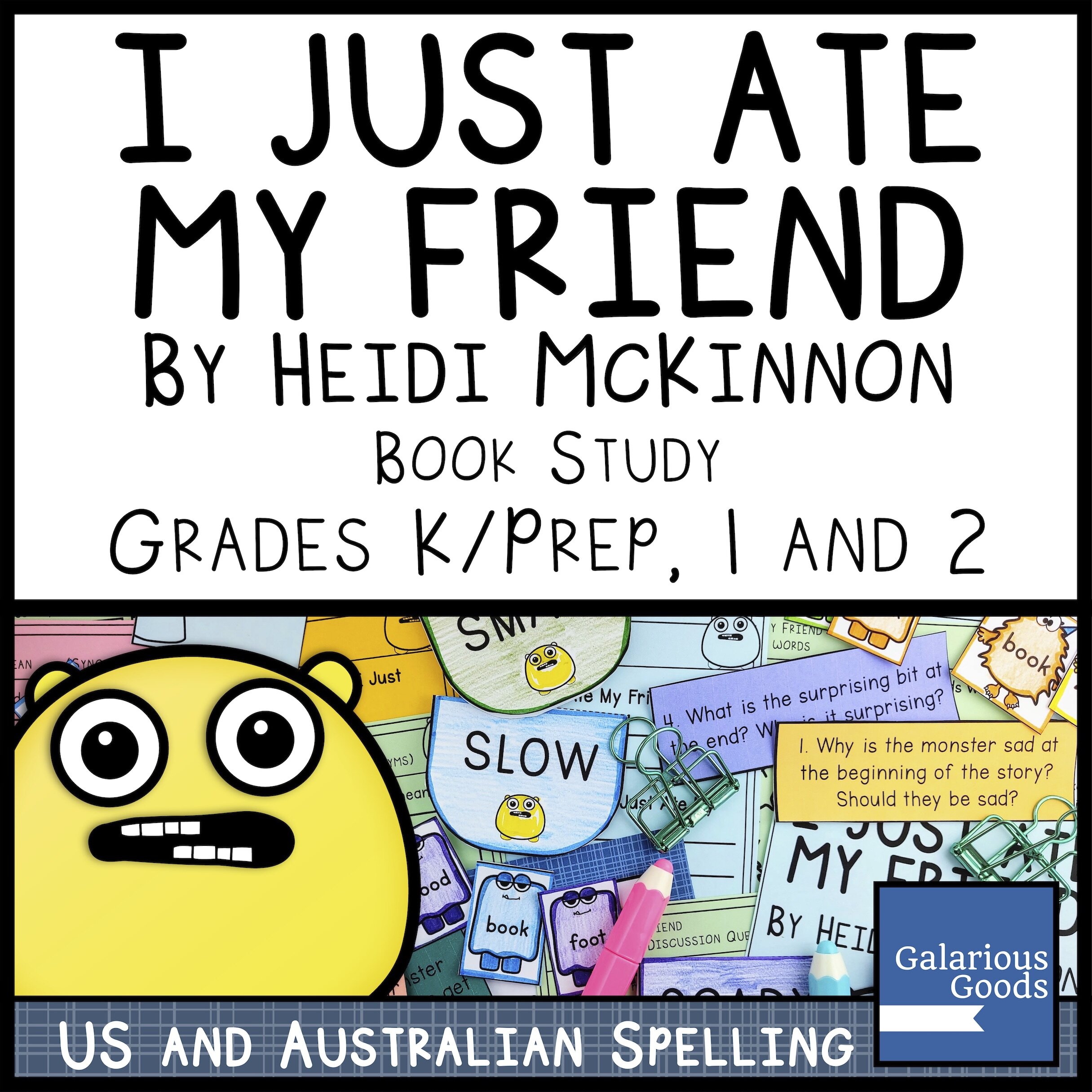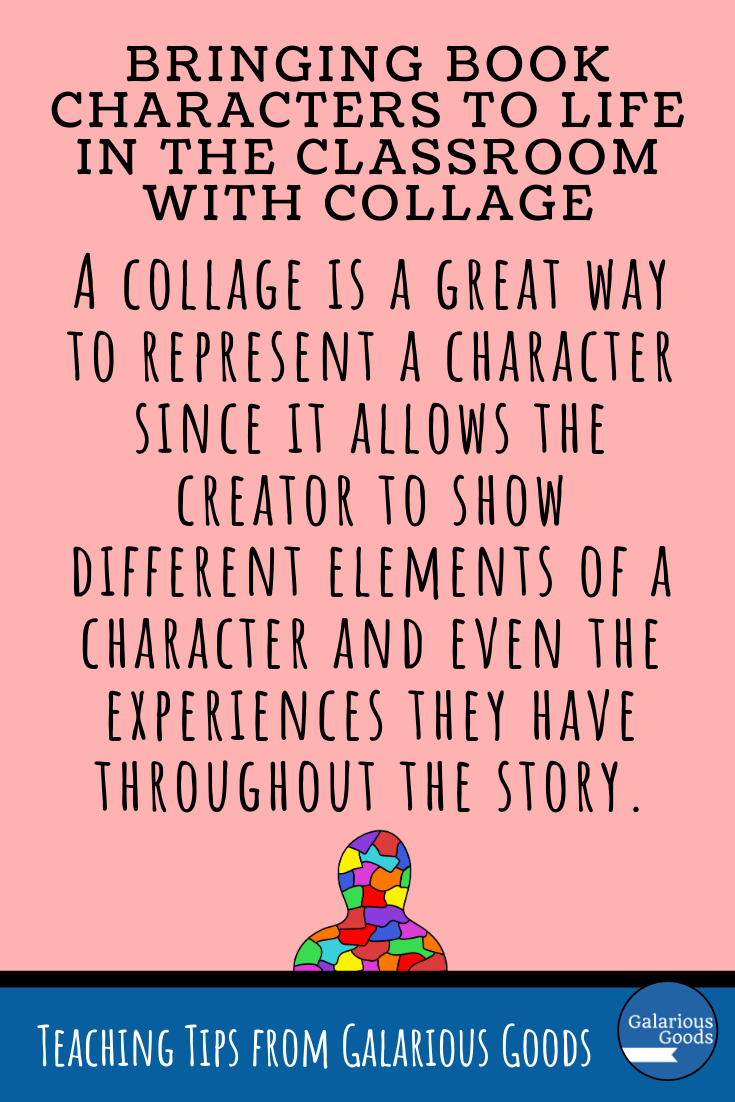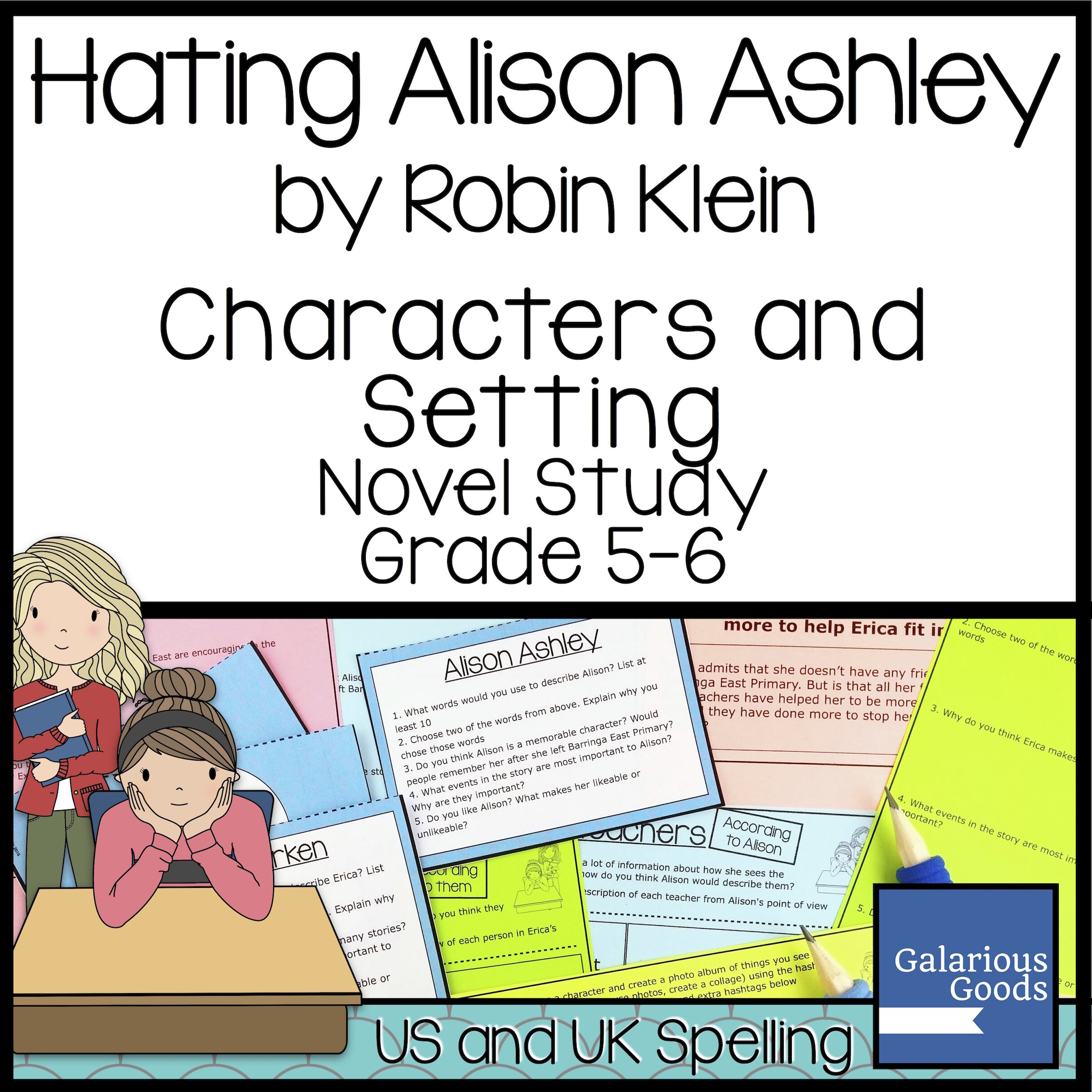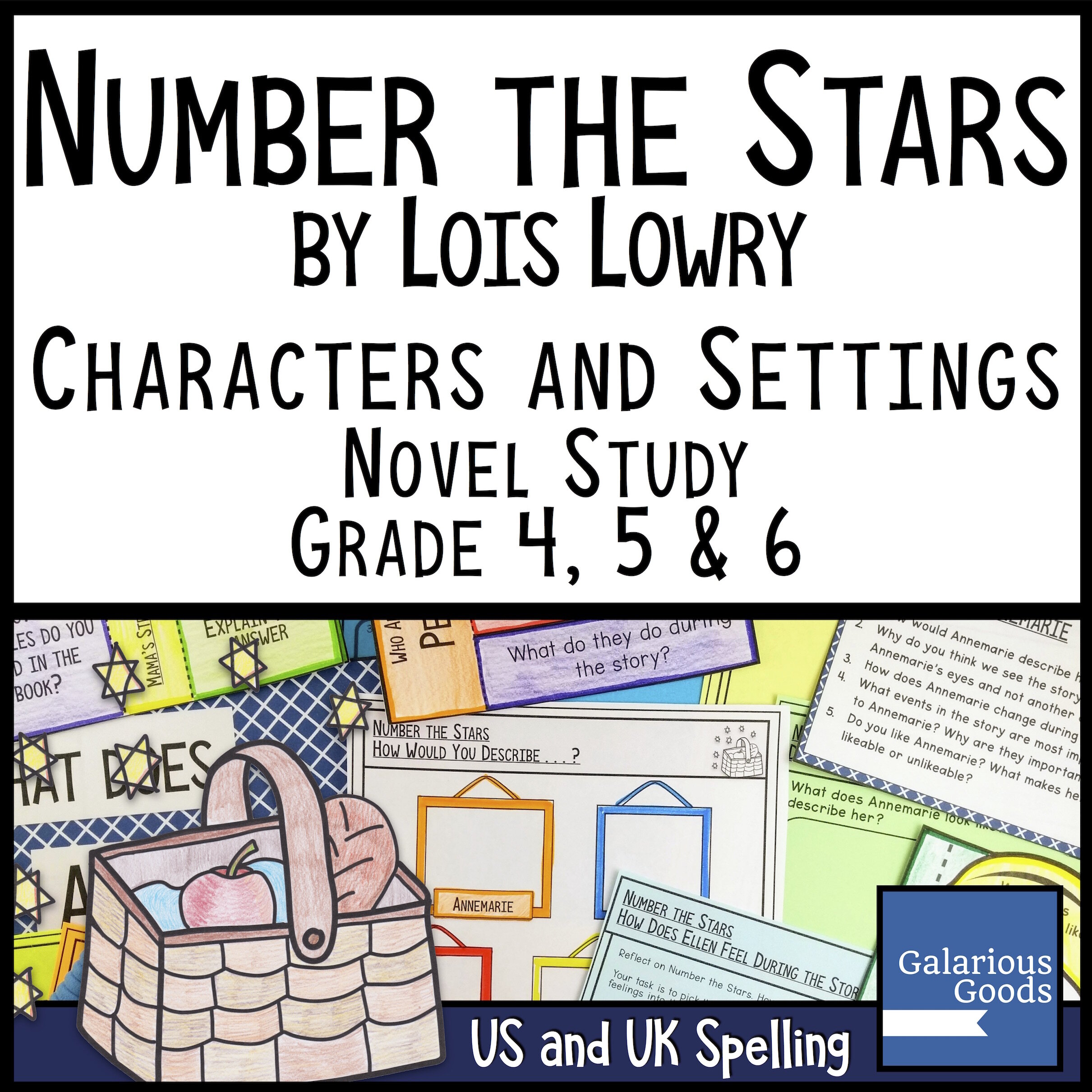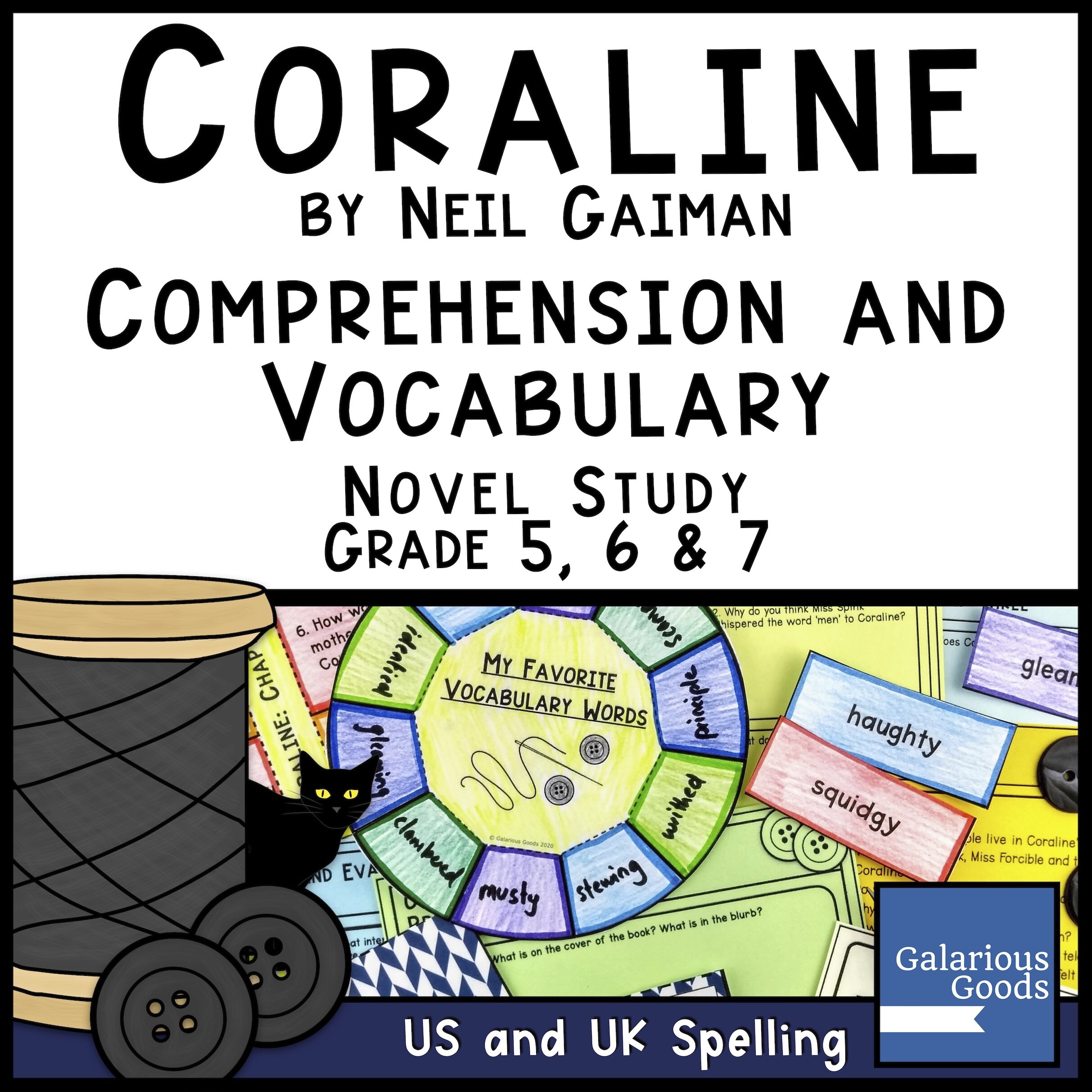Should You Read a Picture Book to Your Class Every Day?
/We all know about the benefits of picture books in the classroom and how we can use them regularly to improve literacy and learning. But should we insist on reading them to our students every day? Should we be feeling guilty if we miss a day? Why are we reading picture books every day?
The Benefits
Picture books are a wonderful tool to use in the classroom. Many of them use thoughtful language, a range of text structures and clever writing. Others use beautiful and interesting illustrations which tell us as much as the words, helping us explore visual literacy. Picture books are easy to fit into smaller amounts of time and are easier to share with groups of students.
So if they’re this good, should we make sure we’re reading them every single day?
Why and How Are You Reading Them?
You really can’t answer the question of whether you should be reading picture books every day, unless you know why you’re reading them and how you approach reading in your classroom. Is it a goal for you or for your students? Is there other reading happening in your classroom or is it your primary reading? Do you only read at one time in the day, or do you pick up books at several times?
As you’re reflecting on this, you may like to write yourself a little ‘mission statement’ - a short piece of text which explains why reading to your students is important to you and how you’re going to share that importance.
Taking the Pressure Off Yourself
Once you have a clear idea of why and how you’re sharing picture books with your students, step back a little and take some pressure off yourself. There are going to be some days where things just don’t work and you may not get to picture books. There’s going to be some days where time restraints stress you out or new things pop up unexpectedly. It’s ok to let things go - including reading every single day.
It’s worth remembering that reading should be a joyful thing in the classroom - a thing of delight. Your students will know if you’re stressed about fitting reading in - or stressed that reading is taking time you need for other classroom activities.
But . . . don’t forget that reading a funny or comfortable book can be regulating and calming on those stressed out days. It’s also ok to stop and read when you and your class need it.
Should You Be the Only Person to Read to Them?
Who reads aloud in your classroom? Is it you and only you? And if so . . . could you change that up a bit?
Is there a student who enjoys reading aloud? Or if your students are pre-readers, have you got a student willing to retell a familiar book to their classmates? Have you got a teacher’s assistant who would like to read to the students, or a non-classroom teacher who would like to be an occasional reader? Can you have parent or community volunteers who read to the students, or readers from another grade level?
If you’re not the only one reading, you may be able to fit more books in without feeling the pressure to fit more books in!
It Doesn’t Have to Be a Number Game
Lots of classrooms like recording the number of books they read together - and this can be a great way to get students excited about books. But if it’s a stress to you, you don’t have to do it.
Keeping record of the books you read as a class can be as simple as adding the title to a poster on your classroom wall (something your students can do). Or you can get a little more complicated by displaying an image of the cover in your classroom or keeping a record book of all the different books and what they’re about.



















